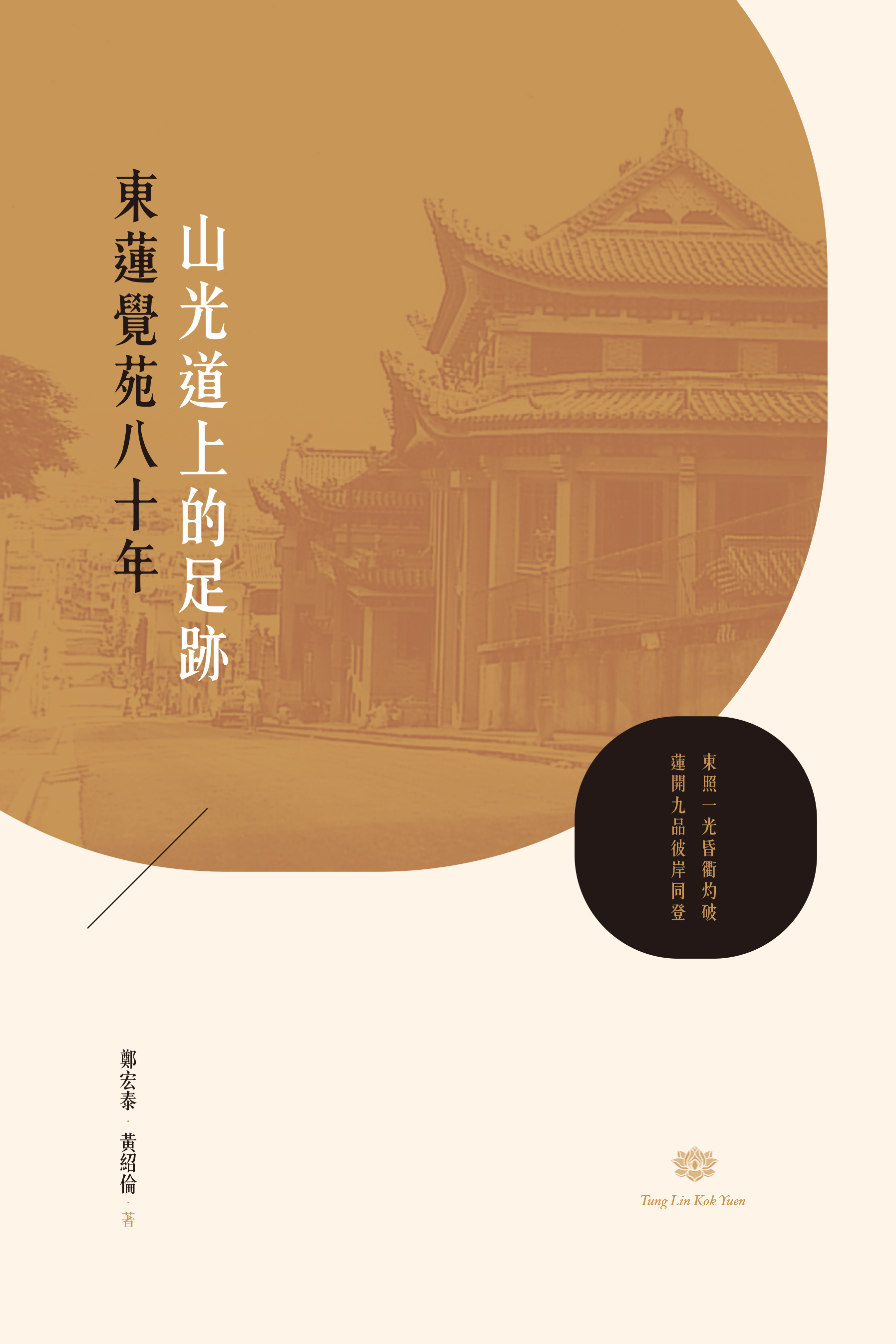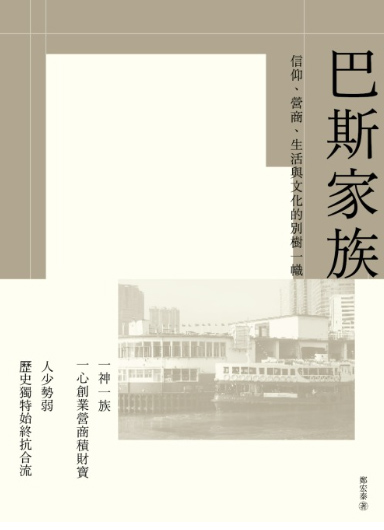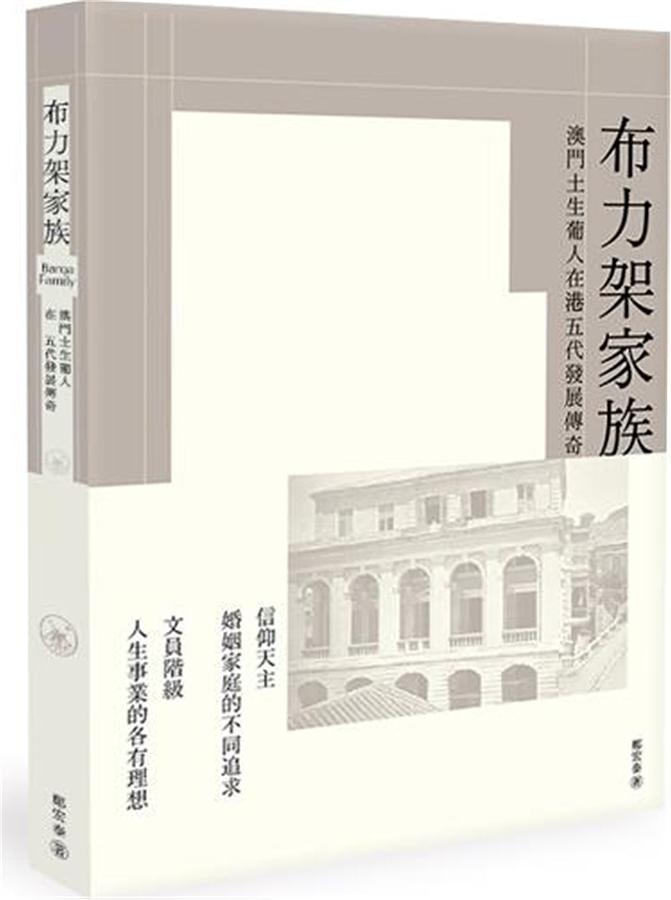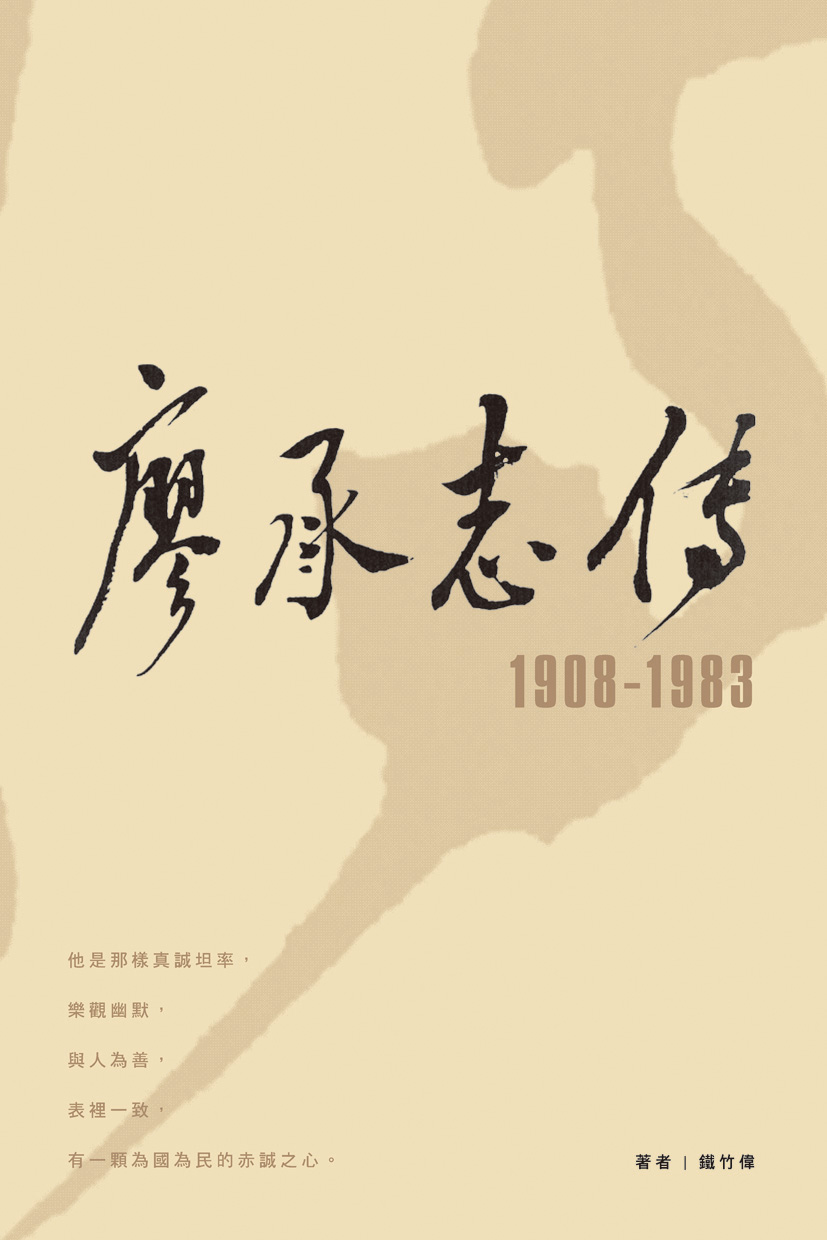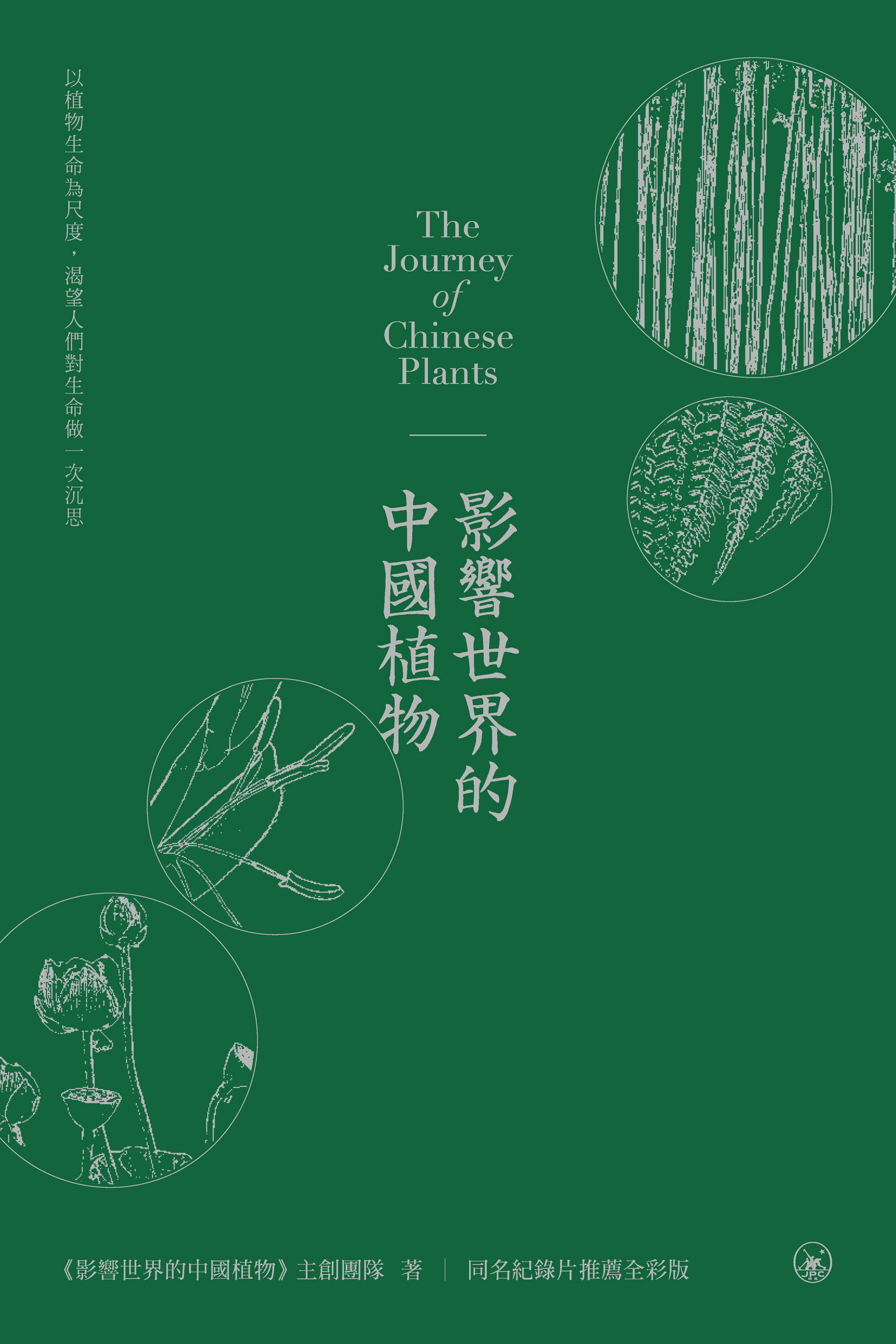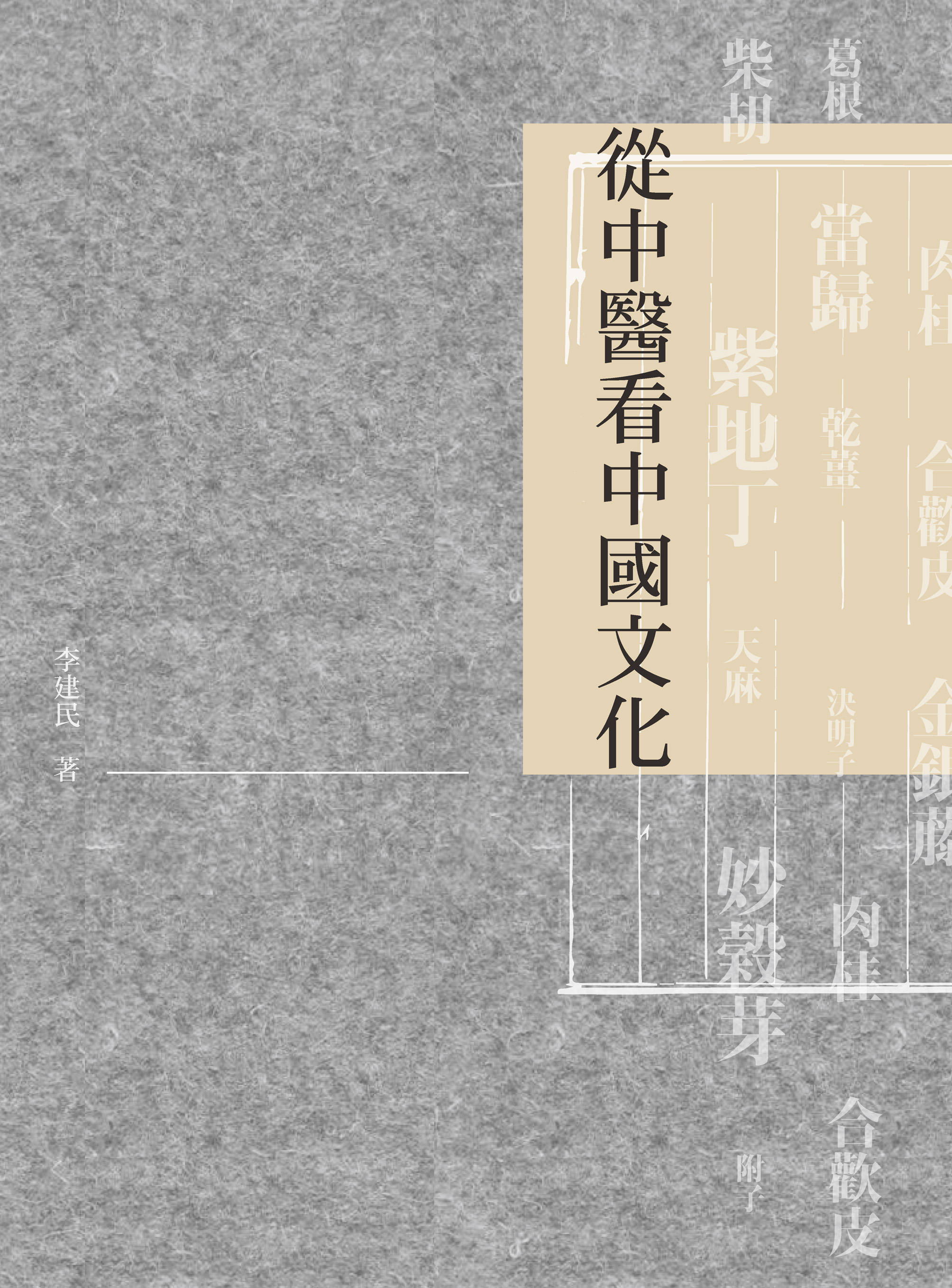e-Book List
e-Book
Tung Lin Kok Yuen, located on Shan Kwong Road, Happy Valley, was the first Buddhist nunnery founded in Hong Kong by the late Lady Clara Ho Tung in 1935. The temple has an elegant and tranquil garden setting which is open to the public. The nunnery's architecture is inspired by the Tang Dynasty style, with grand halls, prayer halls and a drum tower. The halls are decorated with modern Buddhist art and calligraphy by local artists. The nunnery offers a variety of Buddhist scriptures, religious items and souvenirs for visitors, as well as Buddhist vegetarian meals for the public. Why doesn't Lady Clara Ho Tung stay at home like other rich wives and live a comfortable life? Why would she rather go out and found Tung Lin Kok Yuen, regardless of the hardships? What does her actions and behavior tell us about her brought-up, attitude towards life, and ideals? From the conception and planning of the school, to the laying of the foundation and construction, to the expansion and construction in different periods, how many ups and downs has it gone through? What important contributions has it made to society in terms of charity and education? What does its growth, continuous development, and inheritance at different stages inform us about the transformation and development of society? This book attempts to collect and go through historical documents, records, and data preserved in various public and private archives, libraries, and departments, as well as conduct in-depth interviews with different stakeholders. It aims to explore the extraordinary achievements of the school, and to recount its role and contribution in promoting education, spreading Buddhism, and nurturing multiculturalism, enriching the legendary story of Hong Kong -- a barren fishing village transformed into an international financial center. Tung Lin Kok Yuen is a part of Hong Kong's history. Tracing its 80-year extraordinary journey also clearly shows the tremendous changes in Hong Kong society. The once rarely visited by people, Shan Kwong Road has become a bustling place with towering buildings and crowds of people. Tung Lin Kok Yuen is still ringing the evening drums and morning bells, with the sound of Buddhist music lingering, attracting the virtuous to come and purify their minds. "Promoting education and spreading the Dharma" is also the great aspiration that generations of people from Tung Lin Kok Yuen have adhered to and carried forward.
- AuthorZheng Wan-tai, Wong Siu-lun
- PublisherJoint Publishing
- Publication Date2016
The Parsees, who emphasize "think not but of thy duty, and dare not to do what is not right," originated from Persia (now Iran) and settled in India. They believe in Zoroastrianism, worship fire, practice endogamy, and preserve the tradition of sky burial... These unique cultures not only make the Parsees stand out, but also affect their way of survival and business. Although the Parsees have a small population, their characteristic of being "good merchants and profit-makers" has made them loyal to the British Empire. They were selected as "Empire Partners" and followed the U.K. as it expanded globally. They have played their strengths in industries such as trading, transportation, shipbuilding, industry, banking, insurance, finance, and real estate, not only creating huge wealth for themselves, but also making their ethnic name engraved in modern business history. In Hong Kong, Parsee businessmen were once prosperous, but with the decline of the U.K.'s national strength and wealth, their business growth was also impeded. In addition, the endogamy culture and the change of reproductive attitudes of the new generation have made many Parsee family businesses unable to continue, and the ethnic group has gradually disappeared in Hong Kong. By revisiting the stories of four Parsee families - the Tatas, Modis, Godrejs and Wadias, not only we see the interaction between family inheritance and corporate rise and fall, but also how commercial power affects the development of modern China and the world.
- AuthorVictor Zheng Wan-tai
- PublisherJoint Publishing
- Publication Date2022
- Preview
As Hong Kong opened up for international trade, the British, Jews, Parsees, and Chinese all made breakthroughs in business. However, the Macanese, who had the advantage of being a close neighbor and were already intermediaries between Chinese and Westerners, showed a "lack of business vigor". Some scholars even pointed out that "when the Chinese were swimming in a boundless ocean, the Macanese seemed to be trapped in a stagnant pool". As the non-Chinese ethnic group with the second largest population in Hong Kong, the Macanese can speak multiple languages and understand Chinese and Western cultures, giving them advantages in business ventures. However, they are not interested in business and would rather choose to be supporting workers in offices. The small number of Macanese who choose to start their own businesses have not been able to fight as hard as other ethnic groups, and as a result, they have not been able to create their own business empires. The story of the Braga family, which spans five generations, may be a typical example of the development of the Macanese in Hong Kong. This family has a long history in China, and when they moved from Macau to Hong Kong, they took advantage of the situation. The family is big, with high level of education, and were meticulous and hardworking... but even though they achieved success in many fields and had considerable influence, they did not leave a prominent mark on the history of Hong Kong's business. By delving into the story of the Braga family, not only can we see the interaction between family inheritance and corporate rise and fall, but also how business power influences the development of modern China and the world.
- AuthorVictor Zheng Wan-tai
- PublisherJoint Publishing
- Publication Date2022
- Preview
This book won the "Biography Literature Achievement Award" from the New York International Cultural and Art Center in 1999. Liao Chengzhi (1908-1983) was born into a revolutionary family. His father, Liao Zhongkai, and mother, He Xiangning, were both important figures in the left wing of the Kuomintang, and assisted Sun Yat-sen in founding the country. Liao Zhongkai was eventually assassinated due to his revolutionary activities, and Liao Chengzhi grew up listening to Sun Yat-sen's teachings. His life was both tumultuous and colorful: he was born in Japan, lived abroad for a long time, and worked in Hong Kong for many years. In 1928, he joined the Communist Party of China and devoted his life to the progress and development of China. Liao Chengzhi, who served as the director of the Hong Kong and Macao Affairs Office of the State Council of China, was known as "Liao Gong" and was highly regarded both at home and abroad. This was because the work he had long been engaged in was mainly diplomacy, Hong Kong, Macao and Taiwan affairs, foreign affairs, overseas Chinese affairs, and united front work, all of which were highly sensitive and required shrewd leadership. His understanding character, his intelligence, diligence, versatility, and his insistence on seeking truth won people's applause and love, and he was hailed as the most sincere official among overseas Chinese, Hong Kong, Taiwan, and Japan. The author of this book not only had personal contact with Liao Gong, but also review a bulk of historical materials and visited many people who had worked with Liao Gong. Based on the rich and complete data he collected, this book was written to bring Liao Gong to life for the readers: he was so sincere and frank, optimistic and humorous, kind to others, consistent throughout, and wanted the best for the country and its people.
- AuthorTie Zhuwei
- PublisherJoint Publishing
- Publication Date2018
"Chinese Plants that Influence the World" is a book based on the documentary of the same name, written by the documentary's creative team. The book adds rich historical contexts and more than 300 high-definition pictures on the basis of the edited explanatory notes, making it a popular science book for a general readership. With pictures and text, the book attempts to show the colorful plant landscape that has formed in China over the past 4.6 billion years. The book systematically and completely tells the stories of dozens of plants such as rice, tea, bamboo, mulberry, soybean, citrus, and azalea, and how they have shaped Chinese civilization and influenced the world. This is a homage to Chinese plants, a root-seeking journey to revisit Chinese civilization, a tribute to natural creatures, a popularization of natural knowledge for the public, and a reflection on how to balance life. Words are an enduring art, and images are a great way to support classical claims. The book captures the documentary in a rich picture and text form. This is not only a visual feast of plants, but also a soul-shaking experience that plants bring to human beings. With plants acting like a mirror, the book hopes that people will reflect on their lives with them.
- AuthorA creative team for the book
- PublisherJoint Publishing
- Publication Date2021
This book is based on the author's lectures on Chinese medicine at Tsinghua University in Taiwan, Taipei University, and the Chinese University of Hong Kong. The content of the lectures was well received by students. The book discusses Chinese medicine not from the perspective of professional Chinese medicine or health care, but from the perspective of medical phenomena and theories in Chinese history, exploring the many aspects of Chinese culture, including ghosts, witchcraft, politics, gender, nature, folk beliefs, and Confucian theory. The author believes that Chinese medicine is not only a technique, but also a complex and diverse cultural system that reflects the ancient Chinese's way of imagining the body, understanding the world, thinking about life, and constructing knowledge. The author attempts to use the daily life patterns of Chinese medicine in history to familiarize readers with Chinese traditional culture and for a holistic understanding of Chinese traditional culture in brand new ways.
- AuthorLi Jianmin
- PublisherJoint Publishing
- Publication Date2018


